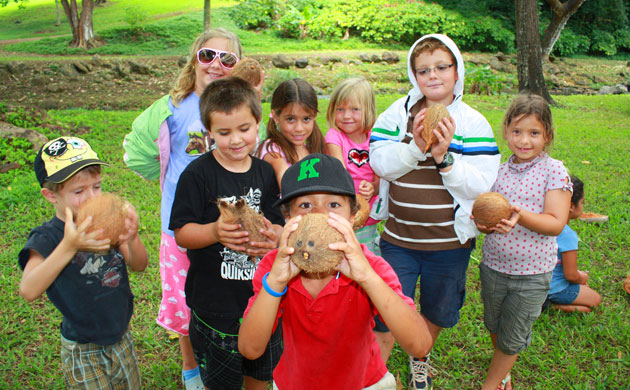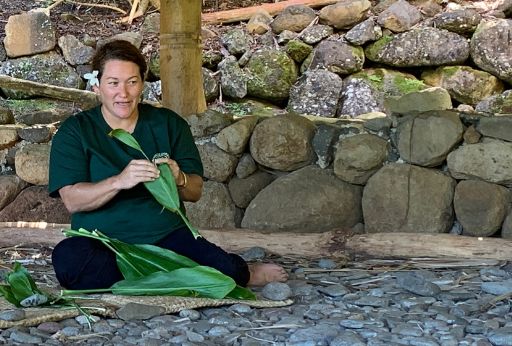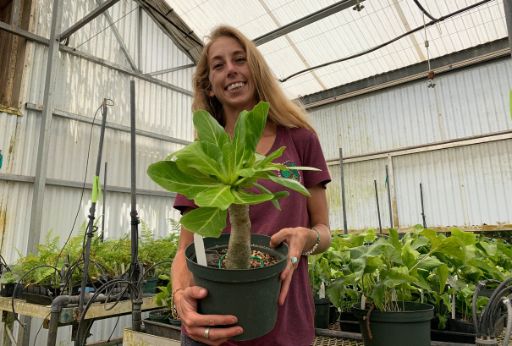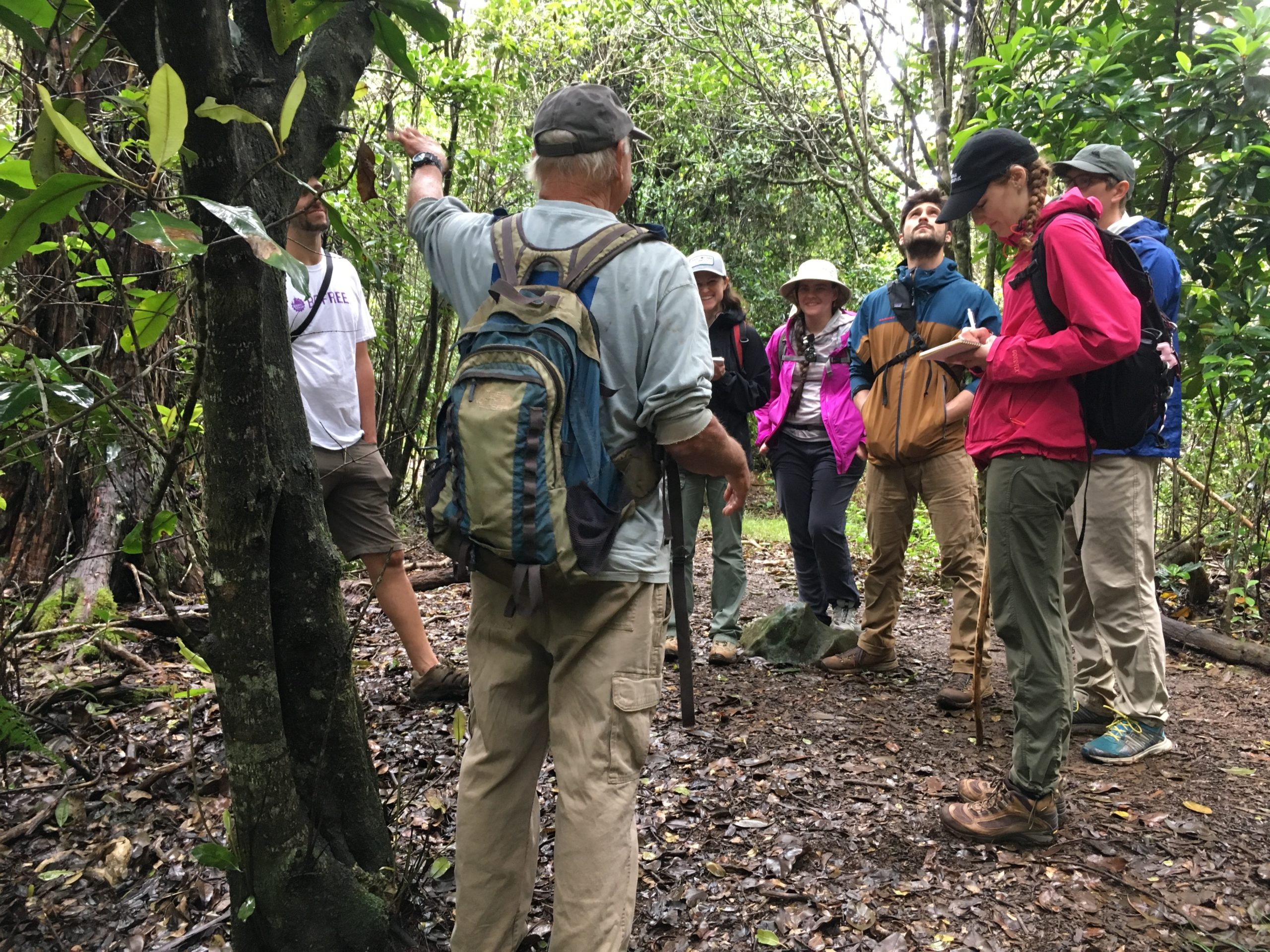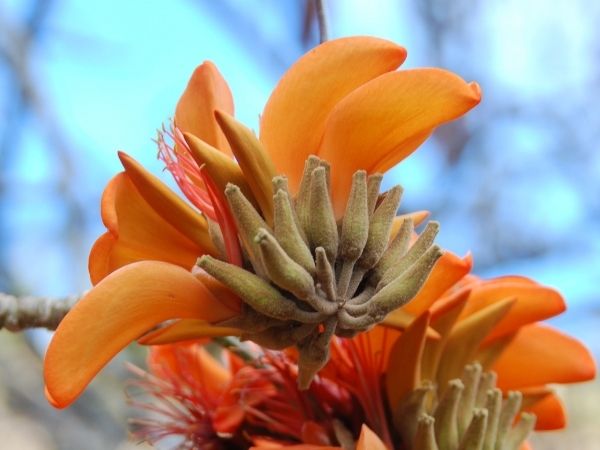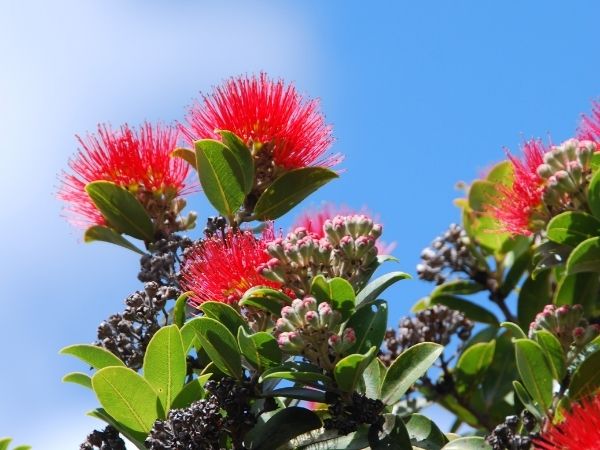Tropical Plant Database - Plant Details
Schizolobium parahyba
Click on any heading above to view more information about this plant
Conservation Status
- IUCN: least concern
- USFWS: None
Family: FABACEAE
Genus: Schizolobium
Species: parahyba
Species Author: (Vell. Conc.) S. F. Blake
Vernacular: Bacarubu, Brazilian Fern Tree, Bucuruba, Golden Tower, Guapiruvu, Yellow Jacaranda [https://b-and-t-world-seeds.com/cartall.asp?species=Schizolobium%20parahybum&sref=2534]
Synonyms: Schizolobium excelsum Vogel
Genus: Schizolobium
Species: parahyba
Species Author: (Vell. Conc.) S. F. Blake
Vernacular: Bacarubu, Brazilian Fern Tree, Bucuruba, Golden Tower, Guapiruvu, Yellow Jacaranda [https://b-and-t-world-seeds.com/cartall.asp?species=Schizolobium%20parahybum&sref=2534]
Synonyms: Schizolobium excelsum Vogel
One of the best, tropical ornamental trees, resembling a giant tree fern. It is an amazing fast growing tree, about 40m (130 feet) tall, growing more than 5m in 18 months, with a trunk 20cm wide. Hence the name "Mile a Minute". The leaves are remarkably long and fern like reaching lengths up to 2m (6 feet) long. They are supposedly the largest compound leaves in the world. The leaves are subdivided having 15 paired pinnate and each has 10-30 pairs of oblong leaflets. The tree puts on an abundant display of bright yellow flowers carried in large clusters, 30cm (12 inches) long, with a profusion of yellow, pea-shaped flowers. The fruit is a flat pod, spoon or teardrop shaped, firm and leathery. The large flat seeds are oval shaped and have a hard coat.
(Allen ON, Allen EK. 1981. The Leguminosae. A Source Book of Characteristics, Uses and Nodulation.)
(Allen ON, Allen EK. 1981. The Leguminosae. A Source Book of Characteristics, Uses and Nodulation.)
The Brazilian Fern Tree is a promising agroforestry species, intercropping being possible because of its light shade. Also, the tree protects surrounding soil from soil erosion and the enormous amount of biomass shed by the tree improves soil fertility.
The wood of this species is a potential source of paper pulp, plywood and fuel-wood.
Also, the wood is used in manufacture of wood-plastic composites in combination with methyl methacrylate (a plastic monomer). The timber is rarely utilized because of its repulsive smell when fresh.
This spectacular tree is cultivated as an ornamental, especially beautiful in flower with masses of yellow gold blossoms. Ideal to add tropical drama to a sunny and sheltered position.
(Allen ON, Allen EK. 1981. The Leguminosae. A Source Book of Characteristics, Uses and Nodulation.)
The wood of this species is a potential source of paper pulp, plywood and fuel-wood.
Also, the wood is used in manufacture of wood-plastic composites in combination with methyl methacrylate (a plastic monomer). The timber is rarely utilized because of its repulsive smell when fresh.
This spectacular tree is cultivated as an ornamental, especially beautiful in flower with masses of yellow gold blossoms. Ideal to add tropical drama to a sunny and sheltered position.
(Allen ON, Allen EK. 1981. The Leguminosae. A Source Book of Characteristics, Uses and Nodulation.)
This fast-growing tree originates from Brazil and Mexico.
(Allen ON, Allen EK. 1981. The Leguminosae. A Source Book of Characteristics, Uses and Nodulation.)
(Allen ON, Allen EK. 1981. The Leguminosae. A Source Book of Characteristics, Uses and Nodulation.)
During March and April, Schizolobium parahyba is a major food source for birds and the tree are used as nest sites by the Scarlet Macaw (Ara macao).
(Allen ON, Allen EK. 1981. The Leguminosae. A Source Book of Characteristics, Uses and Nodulation.)
(Allen ON, Allen EK. 1981. The Leguminosae. A Source Book of Characteristics, Uses and Nodulation.)
The generic name "Schizolobium" is derived from the Greek verb "schizo", which means "divide" and "lobion", meaning "pod" because the inner and outer layers of the pod separate at maturity. The specific epithet "parahyba" is after the Parahyba River in Brazil.
(World Agroforestry Center Database. 2006.)
(World Agroforestry Center Database. 2006.)
- S046593 - collected by Tim Flynn in 2008
We currently have 1 herbarium specimens for Schizolobium parahyba in our collection. Click on any specimen below to view the herbarium sheet data.
.svg)




